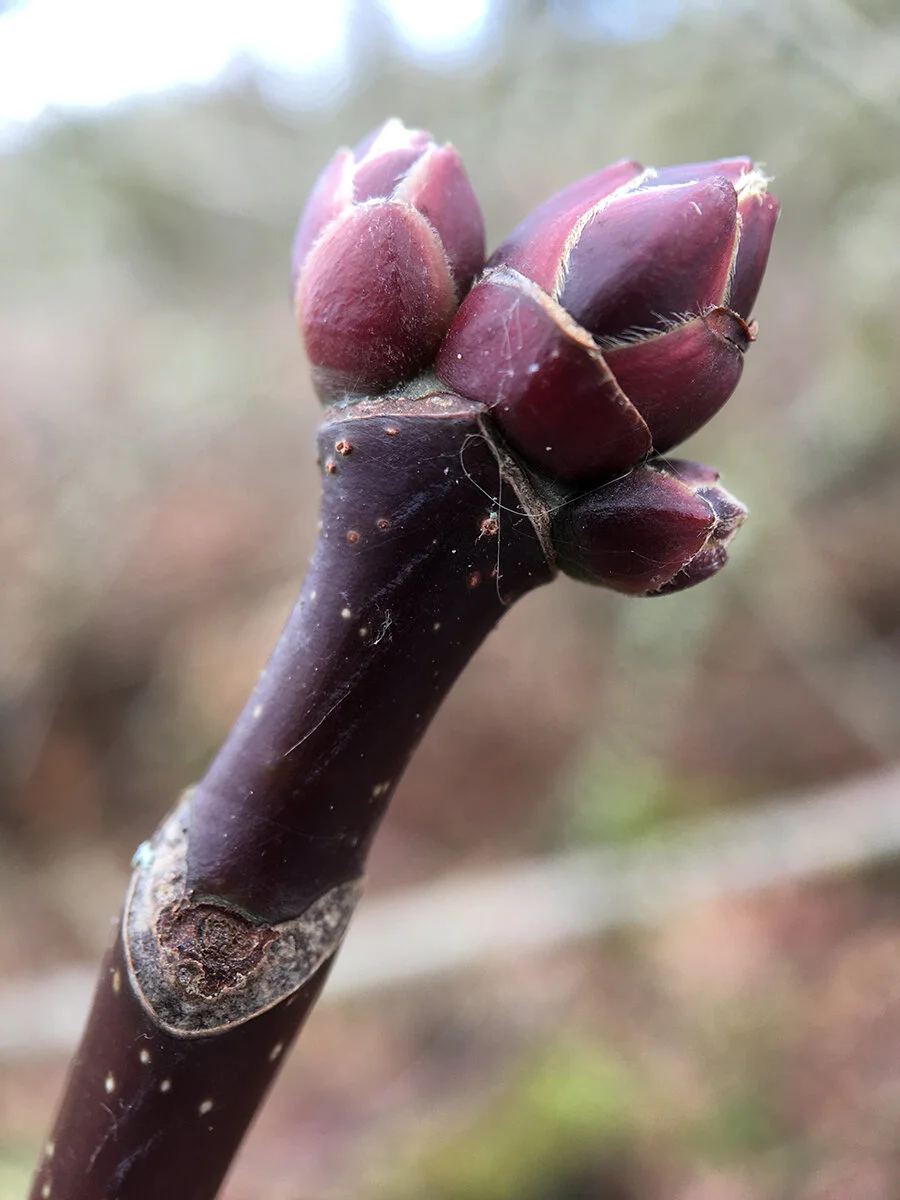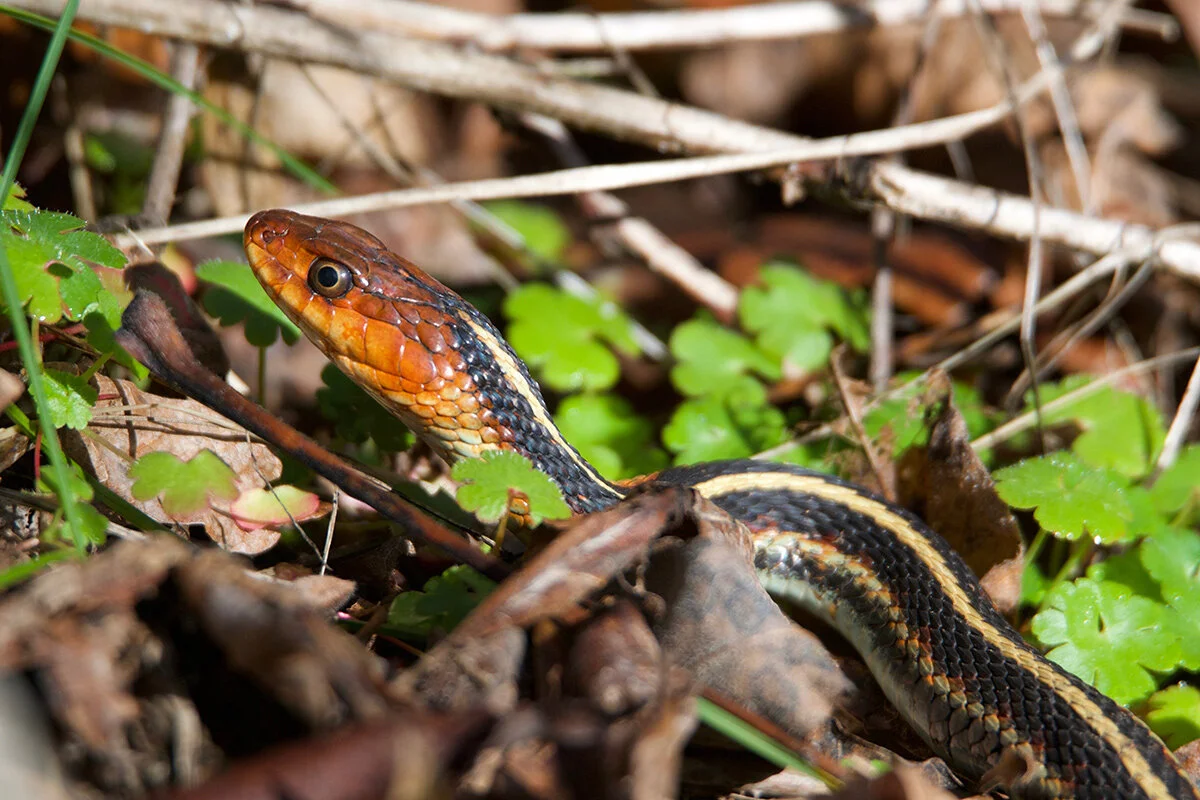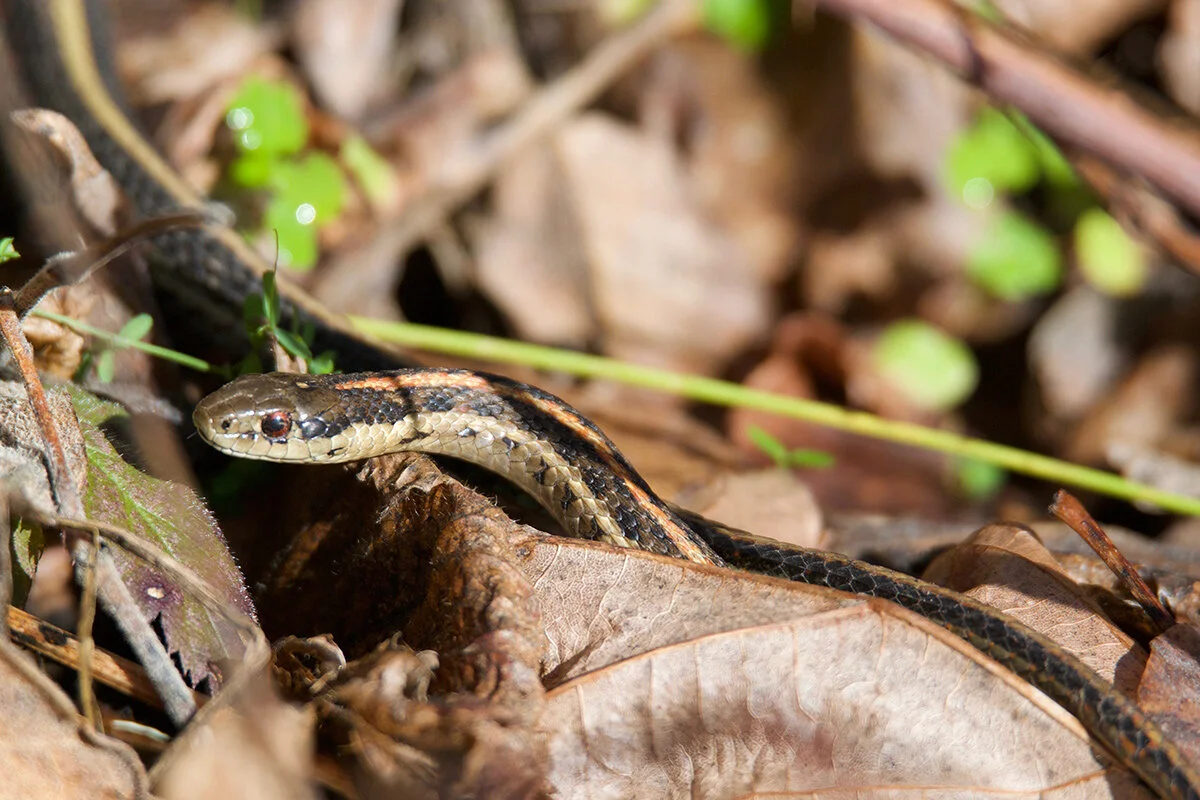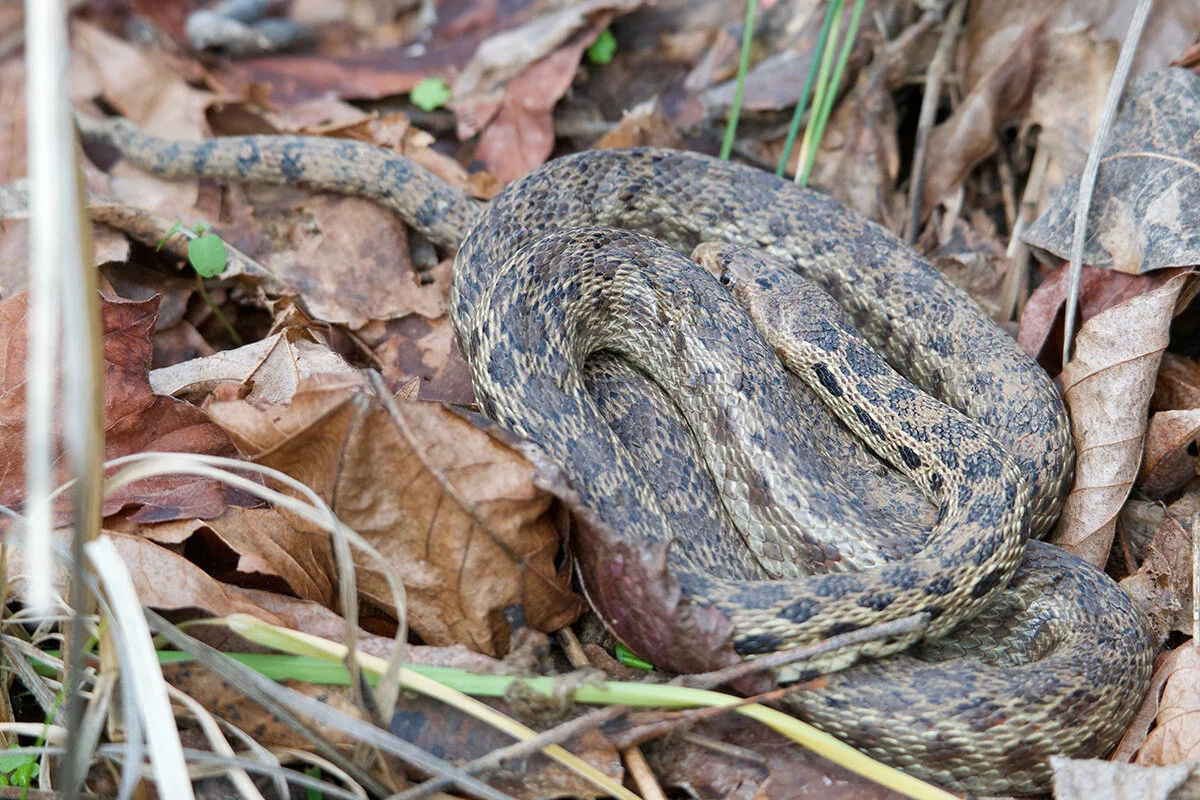I love seeing this bird at the arboretum during the winter. It is so beautiful with its striking black and golden crown that is bordered by white on the sides and front. It is usually foraging in mixed flocks with chickadees, ruby-crowned kinglets, nuthatches and brown creepers. They frequently call as they move through the forest. Peterson describes it as a, “high, wiry see-see-see.”
I am reading David Allen Sibley’s new book What It’s Like to Be a Bird: From Flying to Nesting, Eating to Singing—What Birds Are Doing, and Why. One of the things that he says about this bird is: “A bird as small as a Golden-crowned Kinglet has a resting heart rate of over six hundred beats per minute (ten per second), about ten times faster than the average human, and during activity the heart rate doubles to over twelve hundred beats per minute.” That is truly fascinating!






































